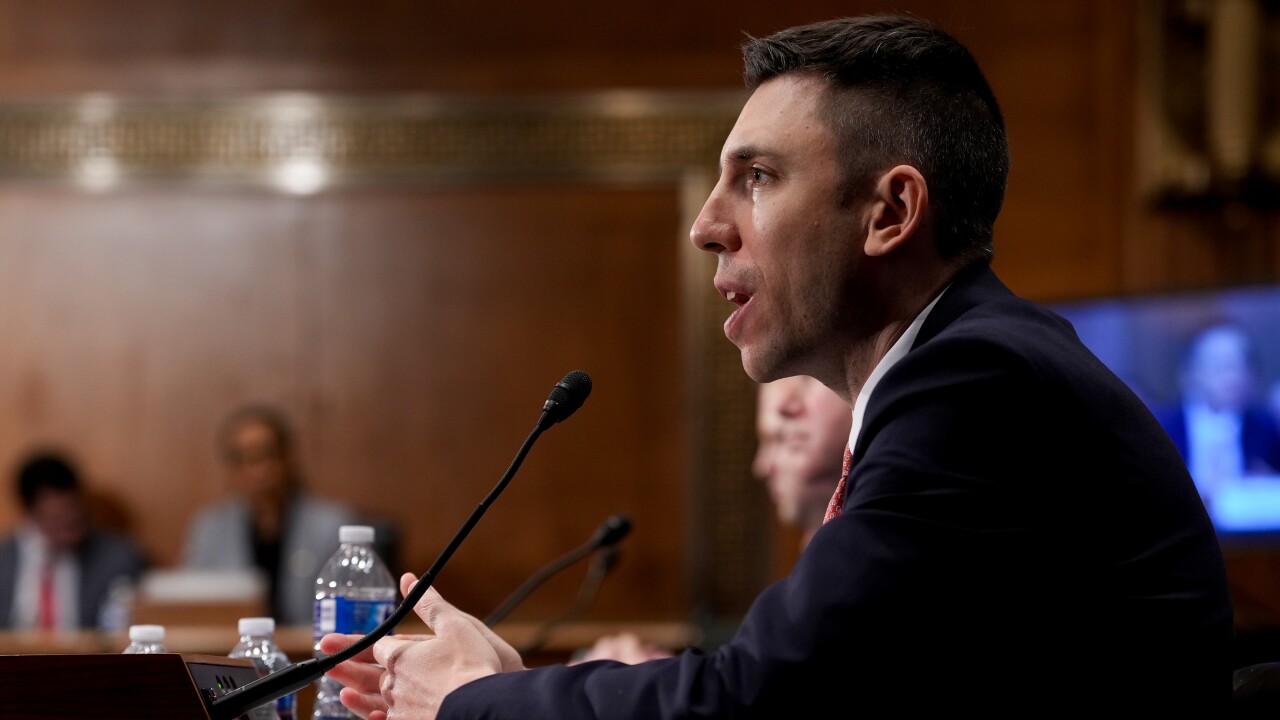U.S. consumers increased their debt in the third quarter by the largest amount since early 2008, the Federal Reserve Bank of New York said Thursday.
Total household indebtedness rose by $127 billion, or 1.1%, over the previous quarter, mostly due to rising balances on mortgages, student loans and auto loans, according to a New York Fed report.
Donghoon Lee, a senior research economist at the New York Fed, said in a press release that "it appears that that households have crossed a turning point in the deleveraging cycle."
Part of what's driving the trend is a slowdown in foreclosures. The number of individuals who had foreclosure notations added to their credit reports in the third quarter was 168,000, which was 70% below the peak in 2009. It was also the lowest level of foreclosures since the end of 2005, the report states.
The dip in foreclosures helped to offset a fall in mortgage originations and a decline in balances outstanding on home equity lines of credit during the third quarter. Overall, mortgage debt rose by $56 billion over the three months, according to the report.
Meanwhile, student loan balances were up by $33 billion from the previous quarter, auto loan balances were up by $31 billion, and credit card debt was up by $4 billion.
Consumer delinquency rates remained low. Out of all the household debt outstanding, 5.3% was 90 days or more delinquent in the third quarter, the lowest rate in five years, according to the New York Fed report.
Despite the third-quarter increase, the total amount of consumer debt outstanding, which was $11.3 trillion in the third quarter, remained well below its peak. The number reached $12.7 trillion in the third quarter of 2008.





